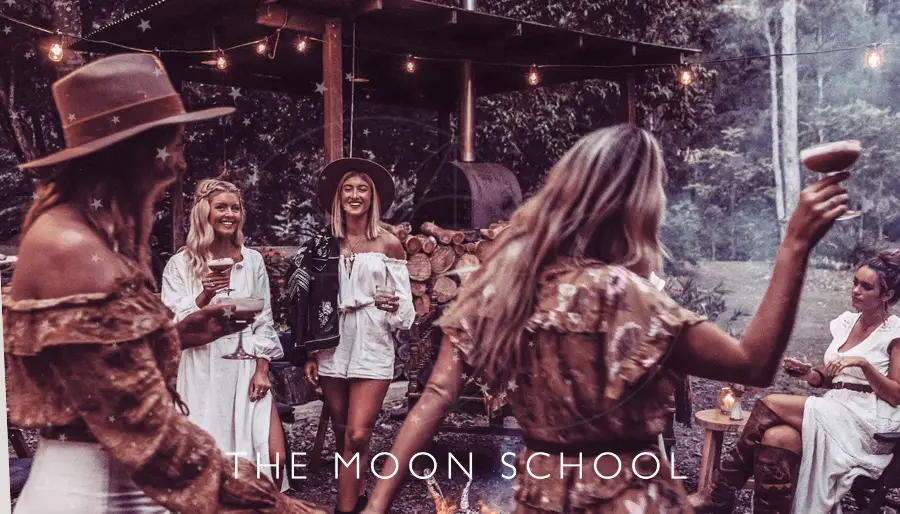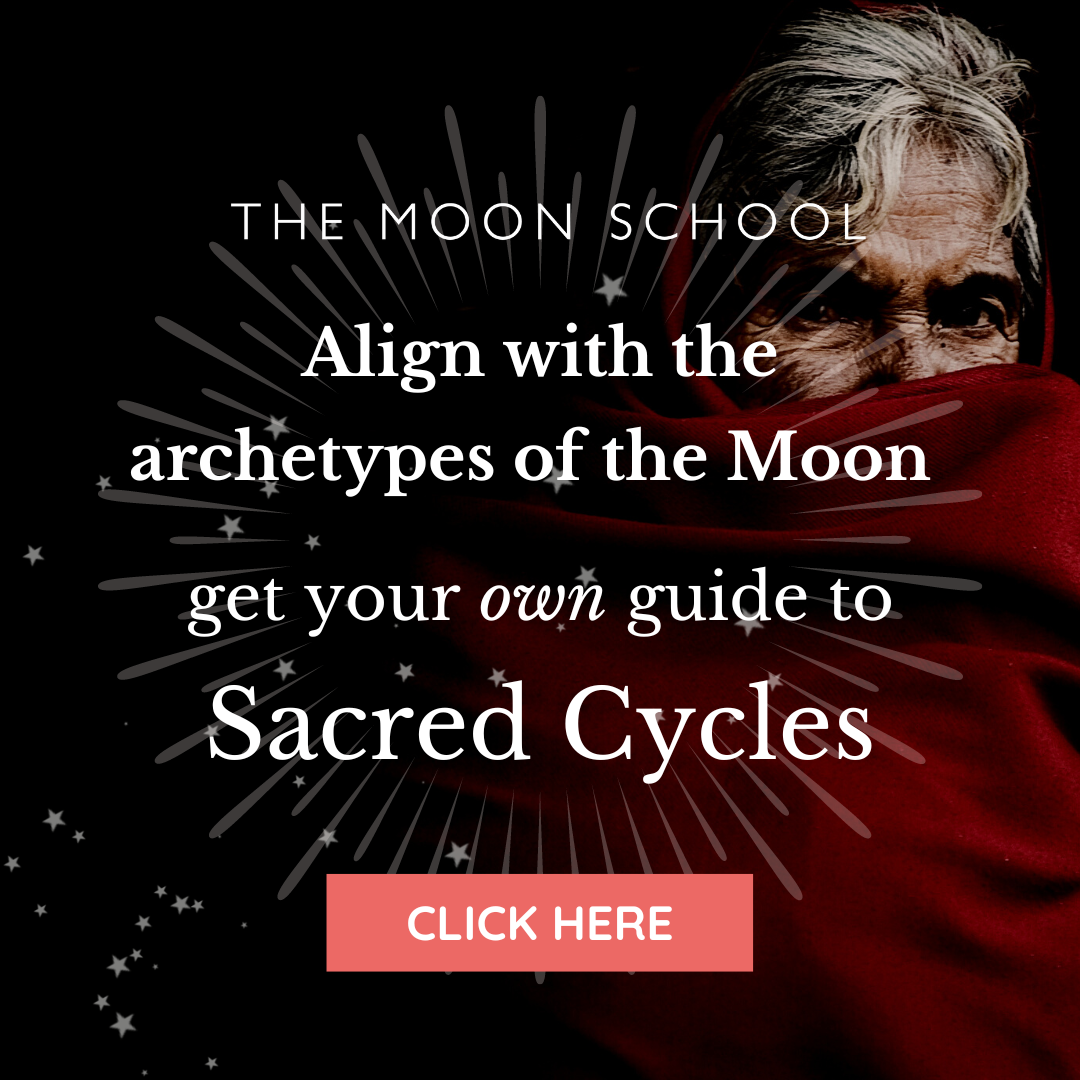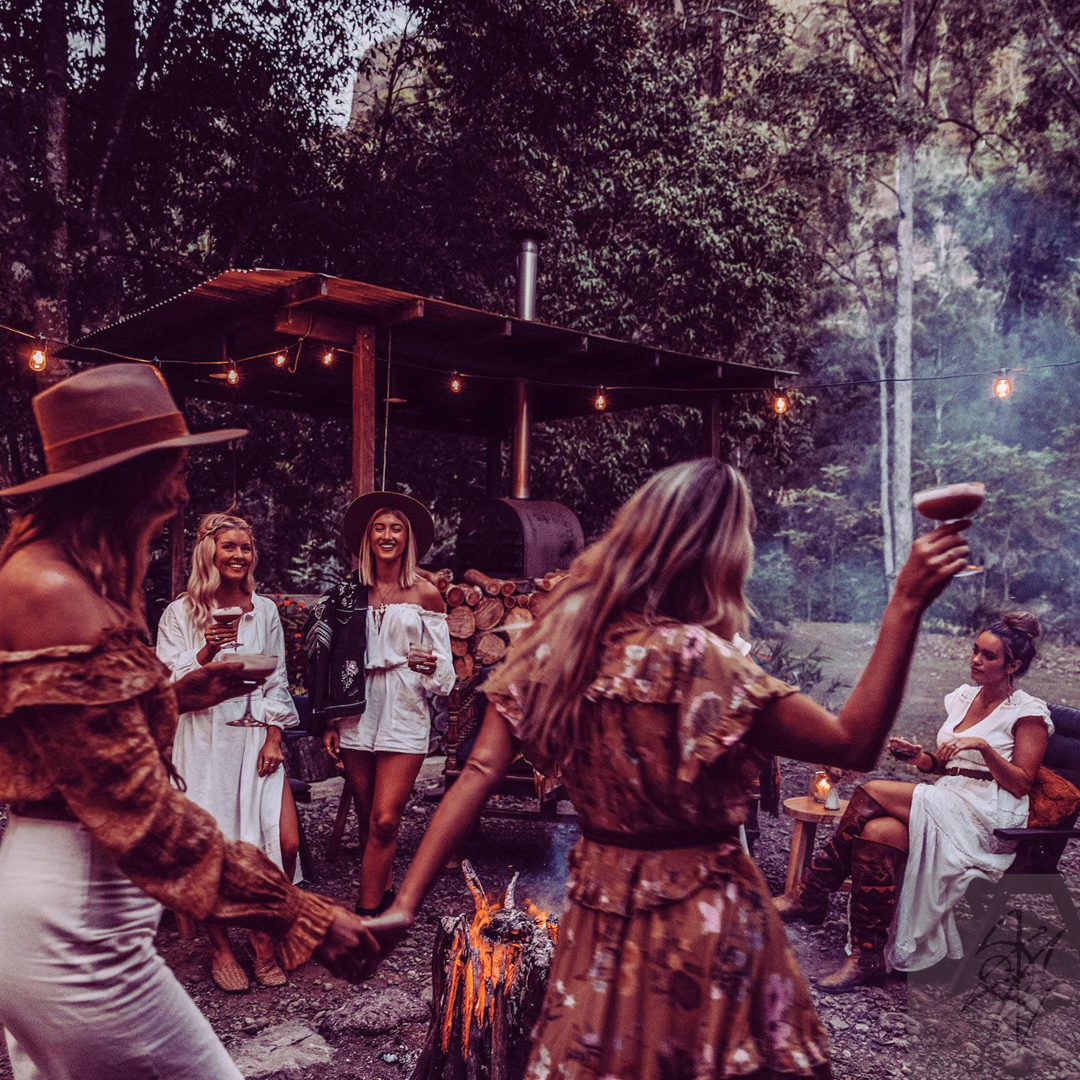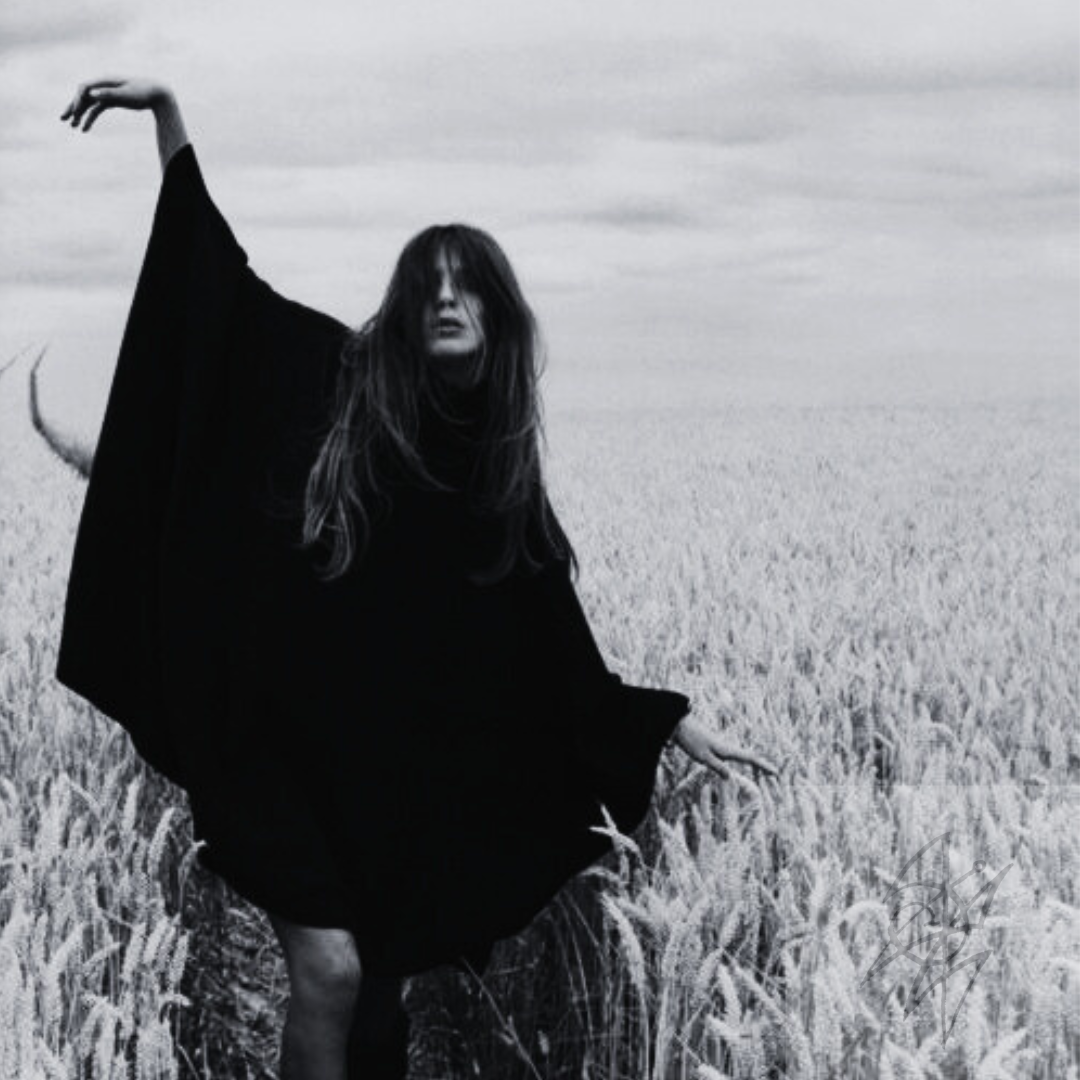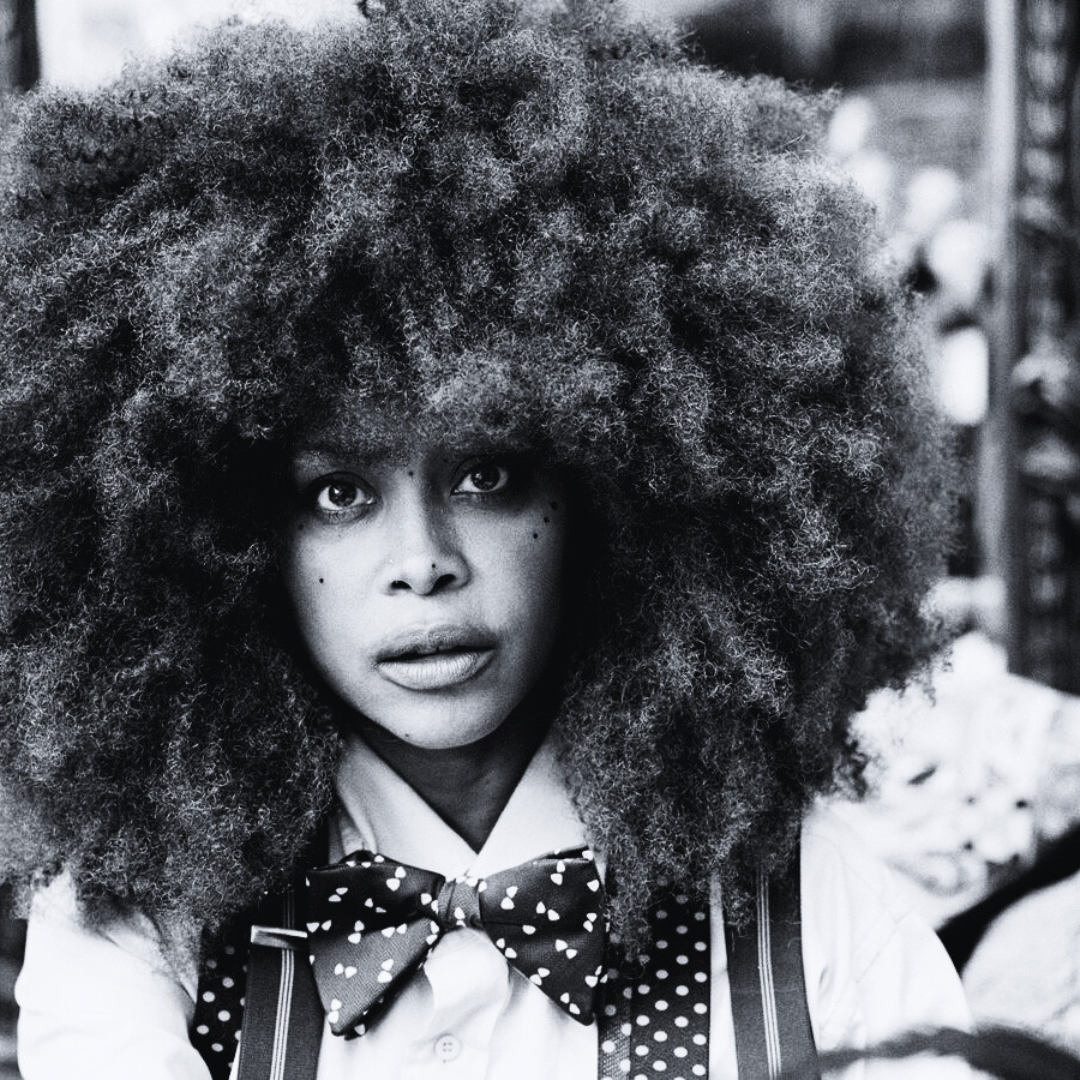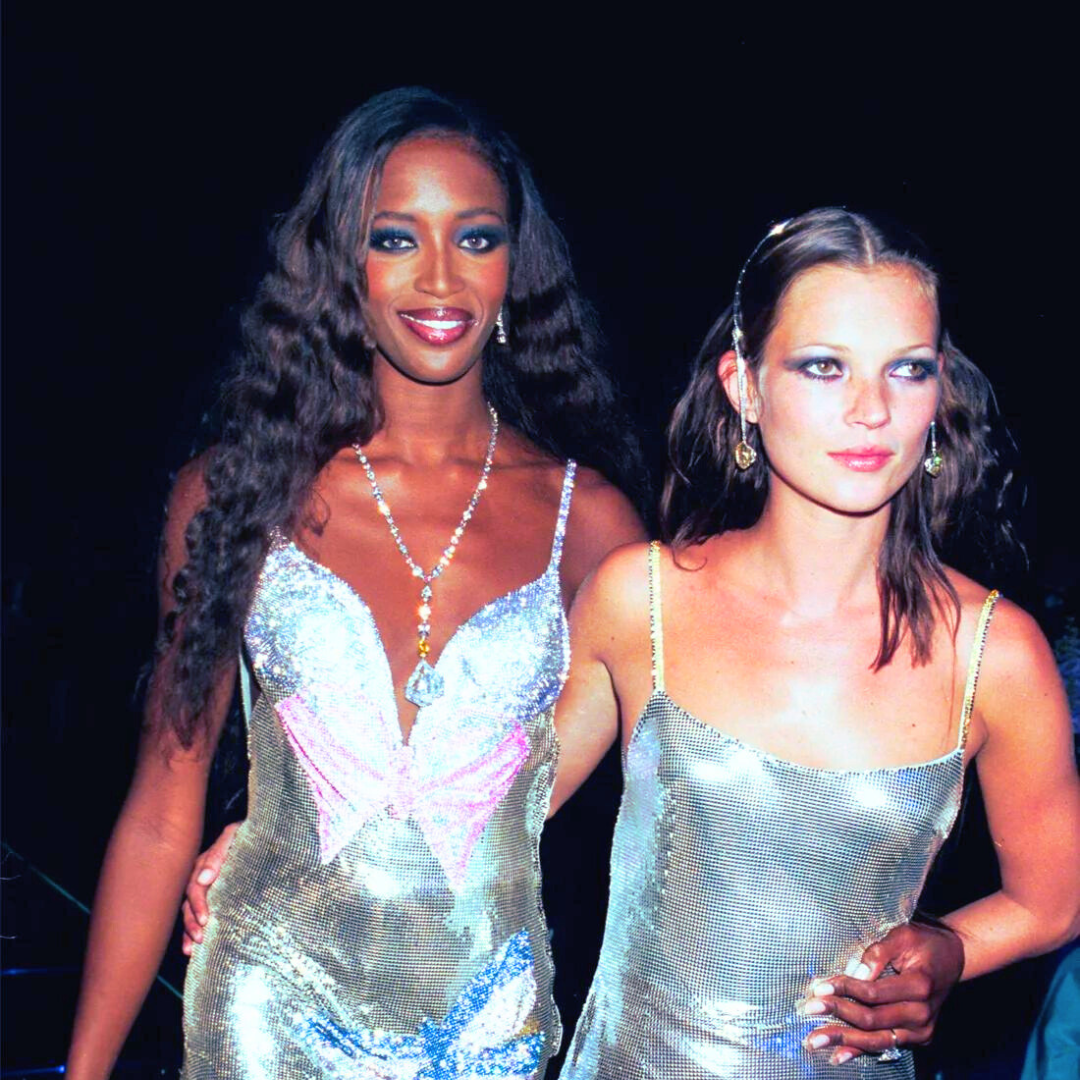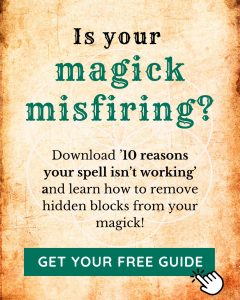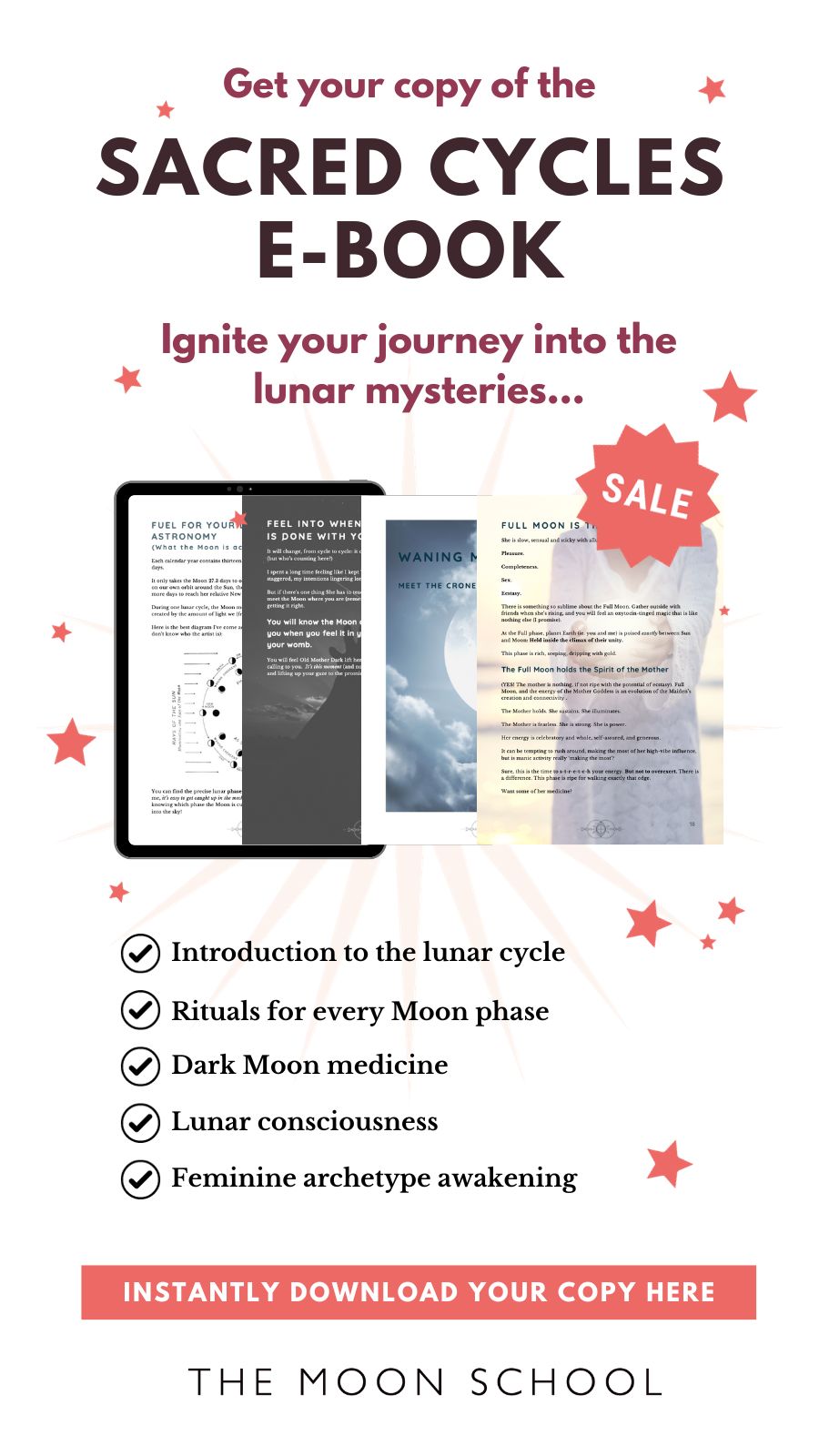The bohemian archetype is a powerful symbol of creativity, nonconformity, and individuality. A potent energy type, it represents those who reject societal norms and instead embrace a life of freedom, adventure, and self-expression.
A popular literary device for centuries, the Bohemian archetype is often portrayed as a free-spirited artist or writer living an unconventional life and rejecting the constraints of mainstream society.
Often associated with artists, writers, and musicians, the bohemian archetype is characterized by a passion for art, a love of nature, and a desire for spiritual growth. Their unorthodox or anti-establishment political or social viewpoints, maybe expressed through free love, frugality, and even voluntary poverty.
Bohemian archetype defined
Are you drawn to the bohemian lifestyle?
Or find yourself fascinated with the idea of living an unconventional, free-spirited lifestyle?
Enamoured by an artistic, creative and authentically self-expressed way of being?
… then you may be embodying the bohemian archetype.
Whether you are a bohemian at heart, and this is a dominant feminine archetype in your life, or you’re simply inspired by the bohemian way of life, exploring this archetype can help you tap into your creativity, embrace your individuality, and live a more fulfilling life.
But before we dive in, let’s go over the basics – what are archetypes!?
What is an archetype?
An archetype is a universal symbol or pattern that represents a particular personality type or set of traits. Carl Jung, the famous Swiss psychiatrist, first introduced the concept of archetypes in the early 20th century, yet in truth, they are much older.
According to Jung, archetypes exist in our collective unconscious and are expressed through our thoughts, feelings, and behaviors. Archetypal energies can be found in characters in mythology, literature, and art – they cross almost all cultures and time periods.
Humans are conditioned to recognize and respond to archetypes – this isn’t something we can switch off, and it often happens on a subconscious level. Ultimately, they represent fundamental human experiences and desires that are shared by all people.
Is the bohemian a seduction archetype?
In research done by the late Ayesha K Faines of Women Love Power, the bohemian is described as one of the 13 feminine seduction archetypes. According to her work, women with a dominant lover archetype, and a secondary huntress archetype are classified as bohemians.
Want to dive a bit deeper? Also read –
Here in the context of relationships, this feminine archetype refers to an independent and alluring female persona, for whom love is an essential part of life!
Like the lover, she is sensual and seeks pleasure, owning her sexuality. This confidence can be tantalising to both men and other women, yet there’s something down to earth about her too.
For the bohemian, love isn’t just a feeling, but a way of life! If this archetype moves through you, you likely see love as a force that can bring people together and create a sense of community.
You believe that love can inspire people to be their best selves, to create art, music, and literature that can change the world.
With flavours of the huntress, or wild woman archetype, bohemians can have a strong connection to nature, the Earth, and the physicality of their bodies.
Body autonomy comes high on their list of attributes. And their self-possessed, confident air inspires respect.
Yet bohemians are also known for their irreverence, and resistance to following the status quo.
In life, and in relationships, as a seduction archetype she will re-write the rule book!
She believes that love should be free and unencumbered, without any constraints or expectations, so seeks a partner (or partners) who share this belief.
Curious about seduction?
Read this post next: 13 Seduction Archetypes: Harness your Raw Femininity for Self Empowerment
Others are either drawn in, or repelled by this attitude. Yet this woman lives a life of her own, and it’s unlikely a romantic entanglement will change that.
For the bohemian, love should be based on mutual respect and understanding, and should never be forced or coerced.
Bohemian archetype characteristics, traits, and qualities
The bohemian is an archetype whose presence in our contemporary societies has been growing for some time.
As our collective faith in authority disintegrates, feminine free-spirits are finding their place. Yet this is still a difficult archetype to authentically embody. You may wear “boho fashion”, but this doesn’t replace a genuine understanding of this quietly potent female archetype.
Here are some examples of the key characteristics, qualities, and traits of the bohemian archetype:
Creativity: Bohemians are well known the world over for their artistic and creative abilities. They have a unique perspective on the world and express it through various forms of art.
Non-conformity: This archetype is often strong in rebels who reject mainstream culture and societal norms. They value personal freedom and individuality.
Open-mindedness: Open to new ideas and experiences, these people are curious and willing to explore different ways of thinking and living.
Passion: Bohemians are passionate about their art, their beliefs, and their way of life. They are driven by their desire to express themselves and live authentically.
Free-spiritedness: Bohemians are free-spirited individuals who value spontaneity and adventure. They are not afraid to take risks and try new things.
Eclectic tastes: Bohemians usually have eclectic tastes in music, fashion, and art. They appreciate a wide range of styles and are not limited by traditional or conventional tastes.
Love of nature: Bohemians often have a deep connection to nature and the environment. They value the natural world and seek to live in harmony with it.
Community-mindedness: Bohemians often form tight-knit communities with other like-minded individuals. They value relationships and social connections.
Intellectual curiosity: Bohemians are often well-read and intellectually curious. They enjoy learning and exploring new ideas.
Authenticity: Bohemians value authenticity and honesty. They strive to be true to themselves and their beliefs, even if it means going against the norm.
Bohemian archetype weaknesses and shadow side
Despite their immensely alluring presence, and creative gifts, women and men who carry a lot of bohemian energy aren’t immune to the shadow.
The shadow is a hidden part of our psyche that contains all the personality traits and qualities that we’ve suppressed and rejected. This usually happens totally unconsciously, and it’s a normal part of being human – we all do it!
Here are some examples of the key weaknesses, negative qualities, and shadow aspects relating to the bohemian:
Impulsivity: Bohemians can be impulsive and act without thinking things through. They may make decisions that have negative consequences.
Irresponsibility: Those who embody this archetype can sometimes be irresponsible, neglecting their obligations and commitments in favour of pursuing their own interests.
Lack of stability: Bohemians may struggle with maintaining stability in their lives. They may have difficulty holding down a steady job or maintaining long-term relationships.
Disorganization: It’s not a rule, but bohemian archetypes may struggle with organization and structure. They may als have a hard time keeping their living spaces clean and tidy.
Self-indulgence: Bohemians may indulge in excess, whether it be food, alcohol, or other vices. This can lead to negative consequences for their health and well-being.
Isolation: Again, this may not apply to all who carry this archetypal frequency, but some may isolate themselves from others, either intentionally or unintentionally. This can lead to feelings of loneliness and depression.
Recklessness: Those who embody this archetype may may engage in reckless behavior, such as drug use or dangerous activities. This can put themselves and others at risk.
Lack of direction: Some bohemian archetypes may struggle with finding direction and purpose in their lives. They may feel lost or aimless.
Resistance to change: Ironically some bohemian archetypes may resist change and cling to old ways of thinking and living. This can prevent them from growing and evolving.
Self-absorption: Bohemians may become overly focused on themselves and their own interests, neglecting the needs and feelings of others around them.
Want to dive deeper?
Read this post next – 50 Journal Prompts for Healng Feminine Energy
What are the origins of the bohemian archetype?
The Bohemian archetype has its origins in Bohemia, a region that’s now part of the Czech Republic. Originally the term “bohemian” referred to the people living in this region, but it later came to be associated with a particular lifestyle and set of values. Here’s why:
In the 19th century, Bohemia became a popular destination for artists, writers, and other creative types. Many of these people were immigrants who had come to Bohemia from other parts of Europe, attracted by its low cost of living and unconventional way of life.
The Bohemian lifestyle was characterized by a rejection of traditional values and a focus on individual freedom. Bohemians often lived in poverty, but they valued their independence and were willing to sacrifice material comforts in order to pursue their artistic or intellectual passions.
Bohemian communities, or colonies, began to spring up in cities throughout Europe and the United States, and they became known for their unconventional living arrangements and free-spirited attitudes. These colonies were often comprised of artists, writers, and other creative types who shared a common vision and were committed to living life on their own terms.
Today, the bohemian archetype continues to be a powerful force in modern culture, and is often associated with a rejection of mainstream values and a commitment to living an unconventional life.
Whether you are an artist, writer, or simply someone who values individual freedom and creativity, the Bohemian archetype can provide a powerful source of inspiration and guidance as you navigate your own path in life.
Examples of the bohemian archetype in mythology, literature, and popular culture
Dionysus: In Greek mythology, Dionysus was the god of wine, ecstasy, and theatre. He was associated with a lifestyle that could now be described as bohemian lifestyle, and was often depicted as a wild and free-spirited figure.
The Beat Generation: The Beat Generation was a literary movement in the 1950s that rejected mainstream culture and embraced a bohemian lifestyle. Key figures included writers such as Jack Kerouac and Allen Ginsberg.
Jay Gatsby from The Great Gatsby: The wealthy party host character in F. Scott Fitzgerald’s novel, The Great Gatsby, who embodies the bohemian spirit of the 1920s.
The Merry Pranksters: The Merry Pranksters were a group of bohemians who traveled across the United States in a psychedelic bus in the 1960s. They were associated with the counterculture movement and were led by author Ken Kesey.
Woodstock Festival: The infamous Woodstock Festival, held in 1969, was a gathering of over 400,000 people who embraced the bohemian lifestyle and values of peace, love, and music.
Rodolphe from Madame Bovary: The charismatic artist from Gustave Flaubert’s novel Madame Bovary, who seduces the novel’s protagonist, Emma and introduces her to the bohemian lifestyle.
Frida Kahlo: The famous Mexican painter known for her many self-portraits and her unique artistic style. She’s also well known for her bohemian lifestyle, and how she embraced her individuality, leading to her becoming a bohemian feminist icon.
Bob Dylan: American singer-songwriter Bob Dylan was a key figure in the folk music scene of the 1960s. He embodied the bohemian spirit with his unconventional style and political activism.
Angelina Jolie: Despite her Hollywood credentials, Angelina is a bonafide bohemian who lives life on her own terms, and clearly possesses the allure to make a grown man leave his own wife.
Bohemian Style and Fashion
Bohemian style, also known as “boho,” is a fashion style that emerged in the 60s and 70s and has remained popular ever since. It’s a style that’s all about natural fabrics, retro patterns, neutrals, and warm shades that merge with 70s style accents and a flair for statement accessories.
Bohemian style is all about maxi dresses, paisley, fringe, shawls, floppy hats, and boots. These classic Bohemian staples are the perfect way to bring some boho chic to your everyday look. Pair them with a shawl or a floppy hat to complete the look.
Accessories are also an essential part of Bohemian style. Think chunky jewelry, statement belts, and oversized sunglasses.
You can take inspiration from Bohemian style icons like Stevie Nicks and Janis Joplin to create your own unique look. And with the help of Pinterest, you can easily find inspiration for your next Bohemian outfit.
Influential Bohemian Icons
These are high-profile individuals who embody the free-spirited, unconventional, and artistic values that define the Bohemian lifestyle.
One of the most well-known Bohemian icons is Stevie Nicks, the lead singer of Fleetwood Mac. With her flowing dresses, shawls, and platform boots, Nicks epitomizes the Bohemian fashion aesthetic.
Her music, which blends rock, folk, and country, is also a reflection of the Bohemian spirit of creativity and individuality.
Another influential Bohemian icon is Kate Moss, the British supermodel. Moss is known for her effortless style, which mixes vintage and contemporary pieces to create a unique look.
She’s also known for her love of music, art, and literature, which are all hallmarks of the Bohemian lifestyle.
Other notable Bohemian icons include Janis Joplin, the legendary singer known for her powerful voice and eclectic style; Talitha Getty, the actress and fashion icon who embodied the Bohemian spirit of travel and adventure; and Frida Kahlo, the Mexican painter whose vibrant art and bold fashion choices continue to inspire bohemians around the world.
Bohemian Archetype and Femininity
If YOU identify as a bohemian woman, then whether you realise it or not, you’re embodying the feminine energy of creativity, intuition, and sensuality.
You’re a woman who is in touch with your emotions and unafraid to express them. You value relationships and connection over material possessions and status symbols.
We’ve mentioned the connection between the lover archetype and the huntress, or wold woman archetype.
Yet this frequency also shares some similarities with the maiden archetype. Like the maiden, the bohemian is youthful, playful, and open-minded. She is not tied down by societal expectations or traditional roles.
She also, somewhat surprisingly, embodies aspects of the mother archetype. She is nurturing and caring, but in her own unique way. She may not conform to societal norms of what a “good mother” should be, but she loves deeply and fiercely.
Some say the Bohemian archetype is an embodiment of the divine feminine.
Yet it is a reminder that sacred femininity isn’t just about being soft and gentle, but also about being strong and independent.
Does the idea of rebelling trigger you?
Read this post next – Top 10 Causes of Wounded Feminine Energy
Bohemian Archetype in Different Cultures
Different aspects and manifestations of the Bohemian archetype can be found in various cultures around the world.
In Germany, for example, the term “Bohemian” (Bohemien) was first used in the early 19th century to describe artists and intellectuals who lived unconventional lifestyles. These individuals rejected the rigid social norms of their time and instead embraced a free-spirited, non-conformist way of life.
Similarly, in the United States, the bohemian archetype emerged in the early 20th century as a countercultural movement. Bohemians rejected the materialism and consumerism of mainstream society and instead embraced artistic expression, communal living, and personal freedom.
In France, the Bohemian archetype is closely associated with the concept of the flâneur, or the urban wanderer. This individual is characterized by their leisurely, aimless strolls through the city, observing and absorbing the world around them. The flâneur is often depicted as a romantic figure, a solitary soul who is both detached from and deeply engaged with their surroundings.
In India, the Bohemian archetype can be seen in the figure of the sadhu, or holy man. These individuals reject material possessions and devote themselves to spiritual pursuits such as meditation and yoga. Sadhus are often seen as outsiders, living on the fringes of society and challenging established norms and values.
Regardless of the specific cultural context, the Bohemian archetype is characterized by a rejection of traditional norms and a desire for personal freedom and creative expression.
Now dive deeper with one of these related articles…
- 7 Female Archetypes and how to Embody their Power
-
What is a Siren Woman? 10 Ways to Activate this Seduction Archetype
- The Enigma Archetype: Meaning, Gifts and Spiritual Activation

